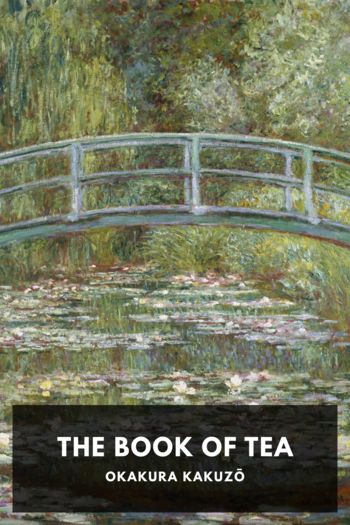Chocolate Sarah Moss (best fantasy books to read .txt) 📖

- Author: Sarah Moss
Book online «Chocolate Sarah Moss (best fantasy books to read .txt) 📖». Author Sarah Moss
‘The Chocolate’, from Traité nouveau et curieux du café, du thé, et du chocolat by Philippe Sylvestre Dufour, 1685
The result was a period of uncertainty, overlapping with debate about the medical uses and implications of chocolate. If, as some writers suggested, drinking chocolate had enabled Aztec merchants and warriors to march for days without needing any other food or drink, then either that made it ideal for times of fast (because it would facilitate abstention), or it must be absolutely proscribed (because the point of a fast is to suffer). In either case, any substance that had such an effect on the body must have implications for health, perhaps being indicated in the treatment of some diseases or conditions and contraindicated in others. It is in the context of this debate that the first suggestion of chocolate’s aphrodisiac properties is made. Although the earliest Spanish observers commented that the Aztec elite consumed chocolate ‘for success with women’, there is no evidence from any Mesoamerican archaeology, anthropology or surviving codices to substantiate this idea. As Sophie and Michael Coe remark, ‘the reader should stop to consider if there has ever been a consumable substance that has not had this reputation at some time and in some place.’ Suspicion must be particularly appropriate when the informants are monks vowed to chastity from a culture convinced that all food and drink act to promote or prevent sensual inclinations.
Early modern medicine depended on the Galenic theory of human physiology. Galen was a second-century Greek medical researcher, and his theories as understood by most sixteenth- and seventeenth-century Europeans offered four categories of human physiology, the ‘humoural qualities’.The humours were sanguine, bilious, phlegmatic and melancholic, and individual bodies and personality types were located in relation to these prototypes (and to some extent still are; when we refer to someone as being ‘sanguine’ about something, or ‘full of bile’, we mean that they are relaxed or enraged rather than that body fluids are flowing). Dysfunction and disease were usually the result of an imbalance in the humours, and so the aim of treatment was to redress this balance. Drugs played a part, but the distinction between food and medicine is largely a modern one (which may again be dissolving with the interest in nutritional therapies and ‘superfoods’), and physicians devoted most of their energies to monitoring and adjusting patients’ diets. Just as every body existed in relation to the four categories, so nearly every food acted to heat, cool, moisten or dry the body that consumed it. The relationship between foods and their effects usually appears logical. Strong, spicy flavours such as pepper and the new chillies were hot and dry, associated with bilious tendencies. Strongly flavoured, moist or juicy foods such as meat and wine were linked with blood, and both were given to people who needed strengthening or building up. Subtle, bland flavours, often found in milk and grain-based dishes, promoted cool, phlegmatic habits, while acidic and astringent flavours were ‘dry’ (like wine or tea) and melancholic. Predictably, hot and moist diets or personalities were associated with sensuality, anger and disorders of excess, while cold and dry people tended to be easy-going or inactive (‘cool’), and prone to sadness and declines.
Like most of the new foods from the New World, chocolate did not have an obvious position in this scheme. Taken as a hot drink, especially when flavoured with chilli, chocolate was clearly hot and either moist (because wet) and therefore sanguine, or dry (because of the spices) and therefore bilious.Many familiar foods occupied two categories within the hot or cold spectra, but the problem with cacao was that it was also thought, in the form of the astringent bean, to be cold and wet, or, as a bitter powder, cold and dry. De Sahagún reported that the Aztecs had used cocoa to treat both fevers and digestive disorders, which in the European understanding would require opposite responses. As with the theological categorization of cacao, it was problematic that practice was far ahead of theory. Everyone was ‘taking chocolate’ all the time, regardless of its humoural potency, which sometimes made debate appear redundant but also produced an extraordinary range of reported effects. Some people drank chocolate to cool down when they were hot, others to sustain them in fatigue or hard labour. Some people found it helpful in settling the stomach and others in promoting sleep, and most believed that it served their particular purpose. As chocolate usage spread and additional ingredients multiplied, the complexities proliferated. In the end there was





Comments (0)